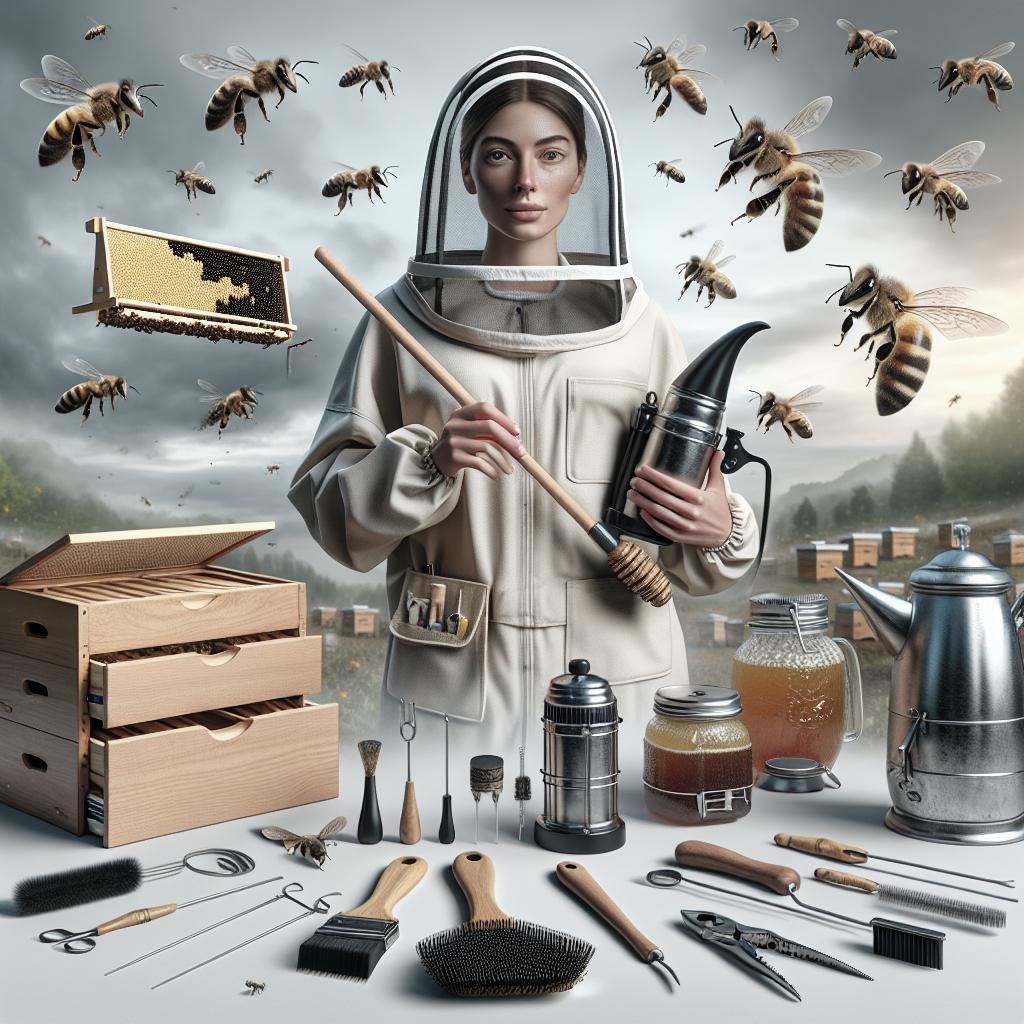How Bees Pollinate Plants
Bees play a critical role in the reproduction of many plants through the process of pollination. As they flit from flower to flower in search of nectar, they inadvertently transfer pollen, which is crucial for plant fertilization. This blog post delves into the intricate mechanisms of pollination, especially through bees, and highlights the types of plants that benefit from this natural process. We also explore how and why flowers attract bees, the vital importance of pollination to ecosystems and agriculture, and the measures we can take to protect these essential pollinators. Keep reading to understand the profound impact bees have on our natural world and food systems.
How Pollination Works
Pollination is a natural process that involves transferring pollen from the male part of a flower, known as the anther, to the female part, known as the stigma. This process is vital for the fertilization of many plants, leading to the production of seeds and fruit. Pollination can occur through various agents including wind, animals, and insects, with bees being among the most efficient pollinators.
As bees move in search of nectar, they brush against the anthers, collecting pollen on their bodies. When they visit the next flower, some of this pollen sticks to the stigma, thereby facilitating the pollination process. This intermingling of pollen is not only crucial for plant reproduction but also fosters genetic diversity within plant species.
How does bee pollination work?
Bee pollination begins as bees are drawn to flowers for their nectar, a sweet liquid produced by the flowers themselves. As bees land, their hairy bodies collect pollen from the anthers. Due to bees’ structured foraging habits, they typically visit the same type of flower consecutively, ensuring that the pollen from one flower is delivered to another of the same species, enhancing successful pollination.
Bees possess specialized body structures for effective pollination. Their leg structures, known as pollen baskets or corbiculae, allow them to collect and transport large amounts of pollen back to their hives. While they do this, they inadvertently spread pollen to other flowers. This process is mutually beneficial: bees get food in the form of nectar, while flowers are able to reproduce.
What plants do bees pollinate?
Bees are known to pollinate a diverse array of plants. They are essential for the pollination of numerous crops, such as apples, almonds, blueberries, and tomatoes. These foods are not only staples in human diets but also contribute significantly to global agricultural economies.
Beyond human agriculture, bees play a key role in natural ecosystems. They pollinate wildflowers that provide habitat and food for different species of wildlife, and they are crucial in maintaining the biodiversity of plant life within various ecosystems.
Why Flowers? Why Are Bees Drawn To Plants?
Flowers have evolved several features to attract bees and other pollinators. Bright colors, distinctive shapes, and appealing scents lure bees, guiding them to the rich sources of nectar needed for energy. These floral characteristics have developed over millennia, resulting in a symbiotic relationship between plants and pollinators.
In addition to nectar, flowers also produce pollen, which serves as another incentive for bees to visit. As bees feed on nectar, flowers take advantage of this interaction for pollen transfer, ensuring successful pollination and reproduction. This intricate relationship underscores the dependence of both species on each other for survival and reproduction.
Why Is Pollination Important?
Pollination is critical to the reproductive cycle of plants. It’s responsible for producing the fruits and seeds essential for propagating plant species. The loss of pollinators would thus equate to a significant loss of plant biodiversity and food sources for humans and other species alike.
This ecological service is invaluable not just for food production but also for maintaining healthy ecosystems. With many crops relying on bees for efficient pollination, these small insects facilitate a large portion of global food supply and support natural habitats teeming with life.
Protecting Our Pollinators
Given the essential role bees play, it’s imperative to protect them. Habitat loss, pesticide use, climate change, and diseases have all contributed to declining bee populations. Protecting bees involves creating bee-friendly environments, such as planting native wildflowers and reducing pesticide use.
Encouraging policy changes that safeguard natural habitats and promote sustainable farming practices can also aid in bee conservation. Public awareness and community involvement in protection efforts are crucial steps in ensuring these vital pollinators continue to thrive and support our ecosystems and agriculture.
Next Steps:
| Section | Summary |
|---|---|
| How Pollination Works | Pollination involves transferring pollen to facilitate plant reproduction. Bees are pivotal in this process. |
| How does bee pollination work? | Bees collect pollen on their bodies as they forage for nectar and transfer it between flowers. |
| What plants do bees pollinate? | Bees pollinate a variety of crops and wild plants, supporting agriculture and biodiversity. |
| Why Flowers? | Flowers attract bees with nectar, colors, and scents, facilitating their reproductive processes. |
| Why Is Pollination Important? | Pollination is vital for plant reproduction, food production, and ecological health. |
| Protecting Our Pollinators | Conserving bee populations through habitat preservation and reduced pesticide use is critical. |


